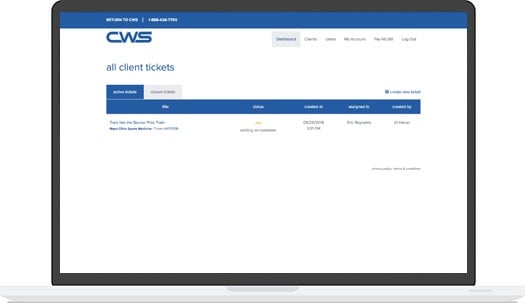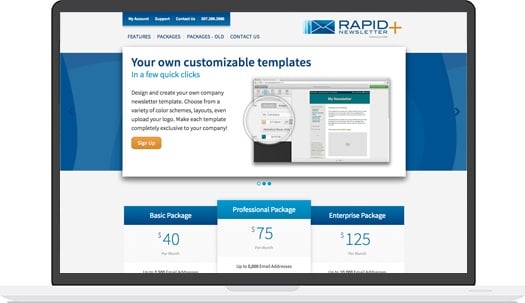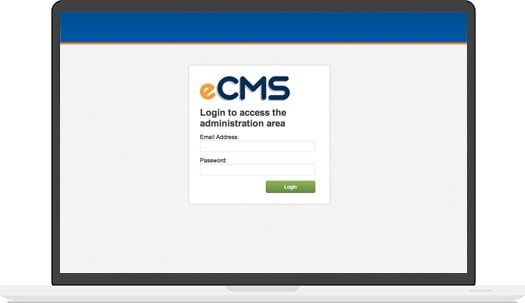You heard about the greatness of Inbound Marketing, dived in head first, signed up for Google Analytics, and now you’re wondering, "Am I getting results?" We’ve been there. Here’s a short list of essential numbers to keep on your radar:
Overall Traffic
Overall traffic is the total number of people coming to your website. On Analytics these are your "users," and this metric is easy to track. If 600 people visit your website in February, and 1000 people visit in April, that’s a clear traffic improvement.
Create a SMART goal for web traffic and measure if you are growing as quickly as you would like.
**Pro tip: Filter your overall traffic for spam or your traffic numbers could be inaccurate.
Referral Traffic
When a person comes to your website via Facebook, LinkedIn, or another website, that traffic is called referral traffic. It’s an indicator of how appealing your content is, as well as your influence and authority on the web.
Find a way to get visitor information from your referral traffic, increase conversions, and lead them down your marketing funnel!
Conversion rate
What action do you want your website visitors to take? Should they download a free eBook? Submit a form? Request a quote? Once you have that objective, measuring those actions—also called “conversions”—is easy. Let’s say you want people to submit a form. Simply track the number of forms submitted and divide that by the total traffic coming to your landing page, and that’s your conversion rate.
- In an equation format, our example looks like this:
- Total forms submitted / Landing page traffic = Conversion rate
To increase your conversion rate, make your content more appealing to visitors.
Source Traffic
Every time someone comes to your website, they come from a source, be it a referral site like Facebook, a search engine like Google, or a direct source in the case of those who type the URL directly into the bar. Just as each visitor has a source, each source has a medium:
- organic search
- paid search
- referral
- none (if it’s a direct source)
Knowing which medium users arrive from can help you increase traffic and conversions and better understand your visitors. If most people come through email, search engines, or social media, then you can maximize the potential of that source, as well as analyze and improve your weaker sources.
Click-Through Rate
How many people arrive at your website through a call-to-action linked in your emails, Facebook posts, or blog posts? Your click-through rate is an indicator of how valuable your content is. When you write about what your potential customers want to know, they are more likely to click through to your site. This gives you greater potential to nurture them into leads.
New Leads Per Month
If you want your business to grow, you need to increase your number of quality leads. Tracking how many new leads you acquire is an indicator of your company’s potential to grow. (How do I know when a customer is a good lead?)
Bounce Rate
People bounce (quickly leave your website) for many reasons:
- They don’t see what they’re looking for within a few seconds
- Confusing navigation (they can’t find what they’re looking for)
- Generic or uninteresting content
- Slow loading
The most important bounce rates you should pay attention to are those on your landing pages. As a general rule, if your rates improve, it’s a good indicator that your messaging, calls-to-action, user experience—that is, the way your website feels to users, or your user interface—how your website is laid out—have improved.
Return on Investment
How much value do your marketing efforts actually bring in? While ROI is the trickiest metric to calculate, it is well worth it. If you’re earning a marginal amount or even, heaven forbid, losing money, you need to know when to change strategies and tactics. Here’s how to calculate your ROI:
- Calculate the cost of Customer Acquisition (CCA)
- Total marketing and sales costs / Number of new customers
- Calculate the Lifetime Value of a Customer (LVC)
- Value earned from one customer each year * expected life of a customer
- Calculate your ROI
- (LVC - CCA) / LVC
- To figure out how much value is earned per year, use this:
- CCA / Annual value of a customer
On their own, these numbers can’t improve your business. They are, however, indicators that reveal your strengths, your potential for growth, and serve as reminders of how you’ve improved over time.


.jpg?t=1533315998368) How-To Articles
How-To Articles Support Portal
Support Portal Webmail
Webmail Rapid Newsletter+
Rapid Newsletter+ eCMS
eCMS
 Our content team is made up of thought leaders, strategists, and content creators who have more than 70 years of combined experience. With a wide variety of backgrounds as entrepreneurs, marketing gurus, healthcare associates, as well as plenty of experience in other industries, we help grow businesses with our relevant, trusted, and helpful resources.
Our content team is made up of thought leaders, strategists, and content creators who have more than 70 years of combined experience. With a wide variety of backgrounds as entrepreneurs, marketing gurus, healthcare associates, as well as plenty of experience in other industries, we help grow businesses with our relevant, trusted, and helpful resources.
